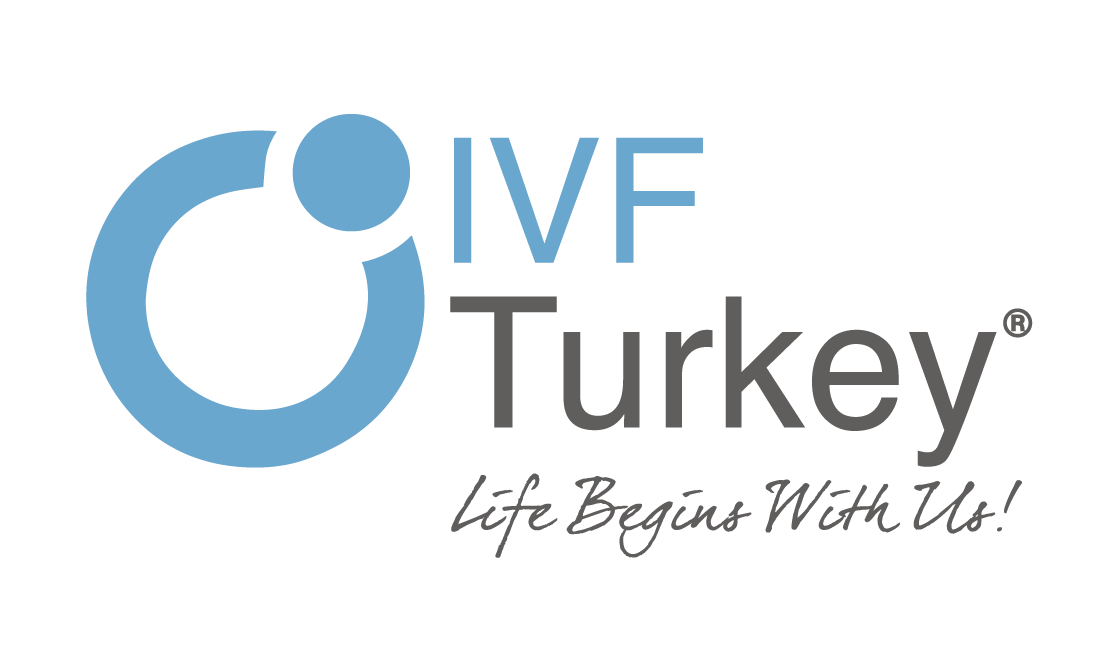What is the Procedure for IVF with Donor Eggs?


IVF (In Vitro Fertilization) with donor eggs is a remarkable procedure that offers hope to individuals and couples who are unable to conceive using their own eggs. This method involves using eggs from a donor to achieve a successful pregnancy. The procedure is intricate and involves several well-coordinated steps to ensure the best possible outcome. Here’s a comprehensive guide on the IVF process using donor eggs.
| Step | Description |
|---|---|
| Initial Consultation and Evaluation | Meeting with a fertility specialist to review medical history and plan the procedure. |
| Selecting the Egg Donor | Choosing a donor (known or anonymous) who meets rigorous health and genetic screening criteria. |
| Synchronizing Menstrual Cycles | Using hormone therapy to align the donor’s and recipient’s cycles for a fresh egg donation. |
| Donor Stimulation and Egg Retrieval | Donor takes fertility medications; eggs are retrieved through transvaginal ultrasound aspiration. |
| Preparing the Recipient | Recipient undergoes hormone therapy to prepare the uterus for embryo implantation. |
| Fertilization and Embryo Culture | Donor eggs are fertilized with sperm in the lab; embryos are cultured for 3-5 days. |
| Embryo Transfer | Selected embryos are transferred into the recipient’s uterus using a thin catheter. |
| Luteal Phase Support | Recipient continues hormone therapy to support uterine lining and implantation. |
| Pregnancy Test and Follow-up | Blood test conducted 10-14 days post-transfer to confirm pregnancy; follow-up appointments scheduled. |
Understanding IVF with Donor Eggs
IVF with donor eggs is typically recommended for women who have diminished ovarian reserve, premature ovarian failure, genetic concerns, or other medical conditions that prevent them from using their own eggs. It can also be an option for same-sex male couples or single men wishing to have a child with the help of a surrogate.
Step-by-Step Procedure for IVF with Donor Eggs
1. Initial Consultation and Evaluation
The first step involves a thorough consultation with a fertility specialist. During this visit, the specialist will review medical histories, conduct necessary tests, and discuss the best course of action. For recipients, this may include evaluating the uterus to ensure it can support a pregnancy.
2. Selecting the Egg Donor
Choosing the right egg donor is crucial. Donors can be known (a friend or family member) or anonymous, sourced through an egg donor agency or fertility clinic. Donors undergo rigorous screening, including medical history, psychological evaluation, and genetic testing, to ensure they are healthy and suitable.
3. Synchronizing Menstrual Cycles
For a fresh egg donation cycle, it is essential to synchronize the menstrual cycles of the donor and the recipient. This is typically achieved using birth control pills followed by hormone therapy. If using frozen donor eggs, this step is not necessary.
4. Donor Stimulation and Egg Retrieval
The donor undergoes ovarian stimulation using fertility medications to produce multiple eggs. Monitoring is done through blood tests and ultrasounds to track the development of the eggs. Once the eggs are mature, they are retrieved through a minor surgical procedure called transvaginal ultrasound aspiration.
5. Preparing the Recipient
Meanwhile, the recipient undergoes hormone therapy to prepare the uterine lining for implantation. This includes estrogen and progesterone treatments to create an optimal environment for the embryo.
6. Fertilization and Embryo Culture
The retrieved donor eggs are fertilized with sperm from the recipient’s partner or a sperm donor in the laboratory. This can be done through traditional IVF or Intracytoplasmic Sperm Injection (ICSI), where a single sperm is injected directly into the egg. The fertilized eggs are then cultured for several days until they develop into embryos.
7. Embryo Transfer
Once the embryos reach the appropriate stage of development (usually 3 to 5 days), one or more are selected for transfer. The embryo transfer is a simple, painless procedure where the embryos are placed into the recipient’s uterus using a thin catheter. The number of embryos transferred depends on various factors, including the recipient’s age and the quality of the embryos.
8. Luteal Phase Support
After the transfer, the recipient continues hormone therapy to support the uterine lining and increase the chances of implantation. This phase is critical and typically involves progesterone supplements.
9. Pregnancy Test and Follow-up
Approximately 10 to 14 days after the embryo transfer, a blood test is conducted to determine if implantation has occurred and if the recipient is pregnant. If the test is positive, follow-up appointments and ultrasounds are scheduled to monitor the pregnancy.
Success Rates and Considerations
The success rates for IVF with donor eggs are generally higher compared to using the recipient’s own eggs, particularly for women over the age of 40. Factors influencing success rates include the age and health of the donor, the quality of the embryos, and the recipient’s overall health.
Conclusion
IVF with donor eggs is a highly effective fertility treatment that can help individuals and couples achieve their dream of having a child. The procedure is complex and requires careful planning and coordination between the donor, recipient, and medical team. With advancements in fertility treatments and the availability of rigorous donor screening, the chances of a successful pregnancy using donor eggs are higher than ever.
Due to laws in Turkey we cannot provide Egg donation programms, for this reason couples may choose other clinics in North Cyprus which is another Turkish State.



